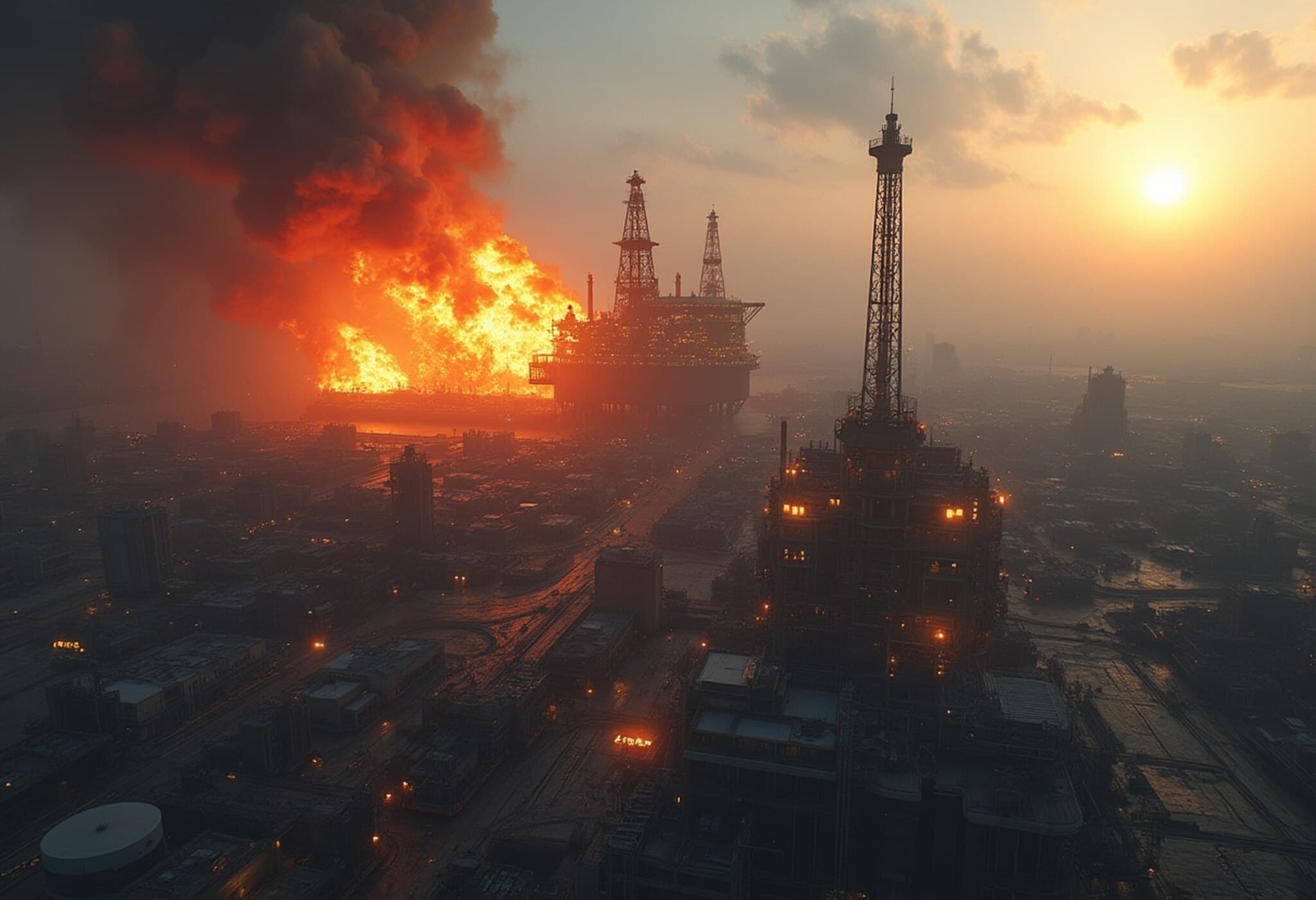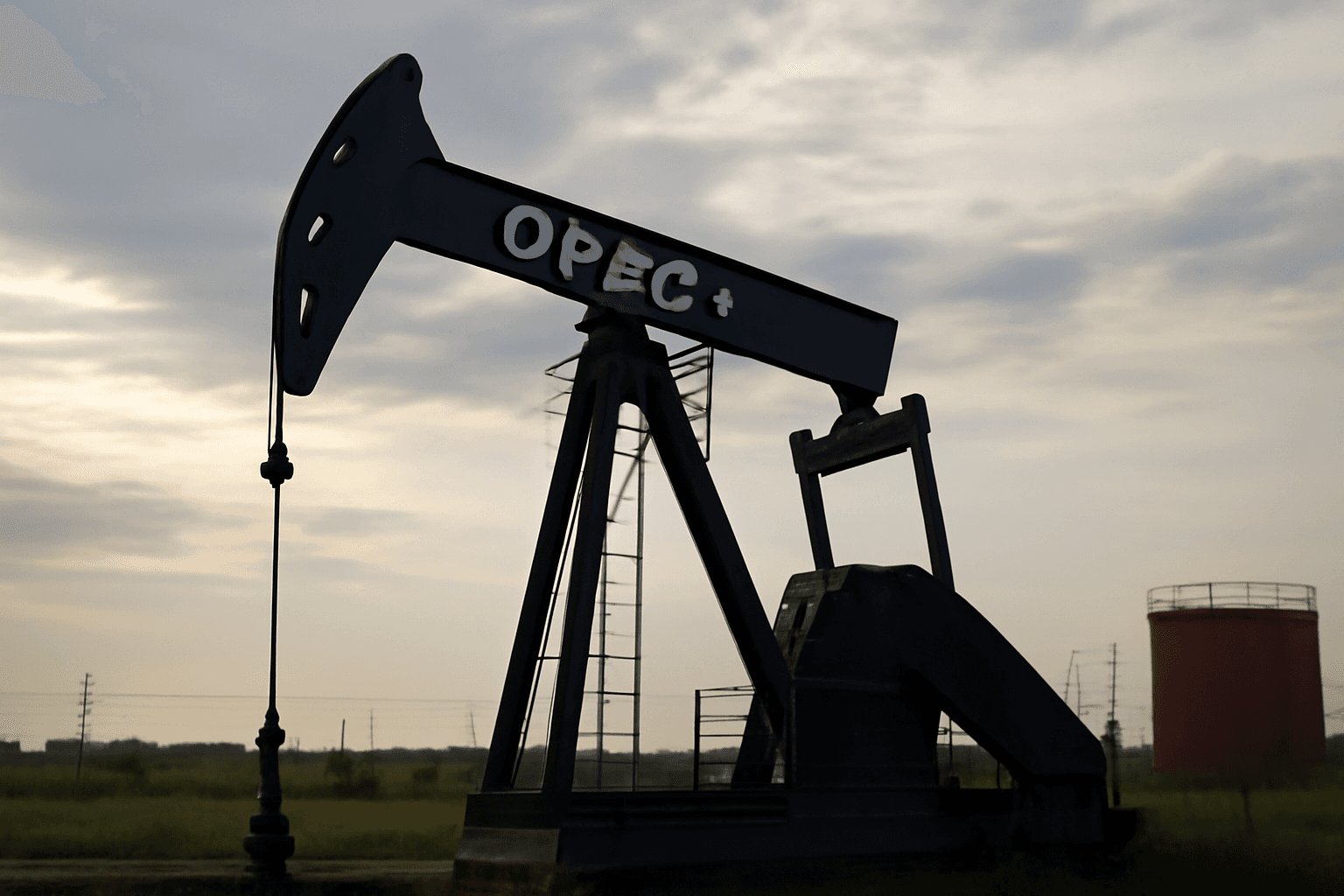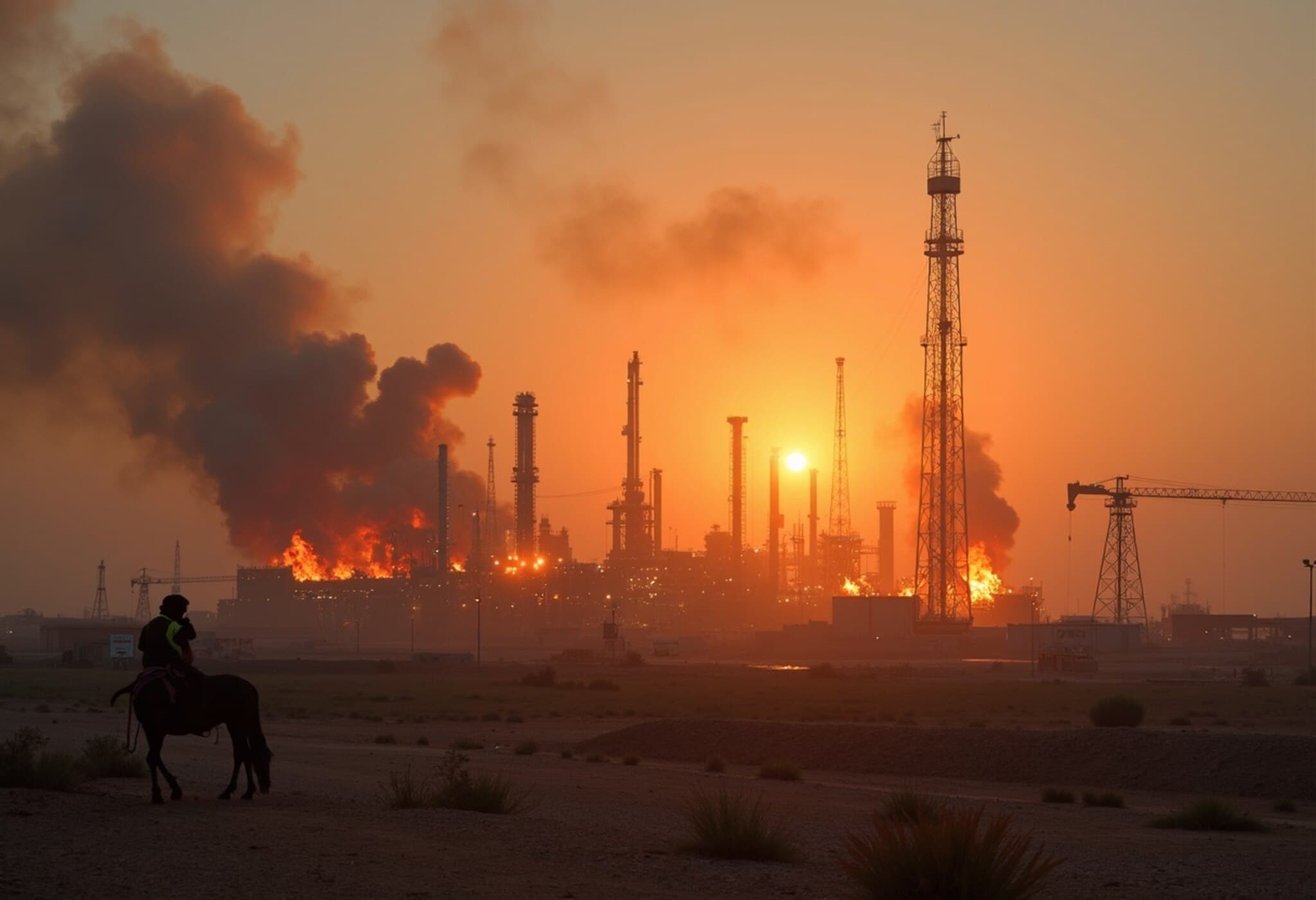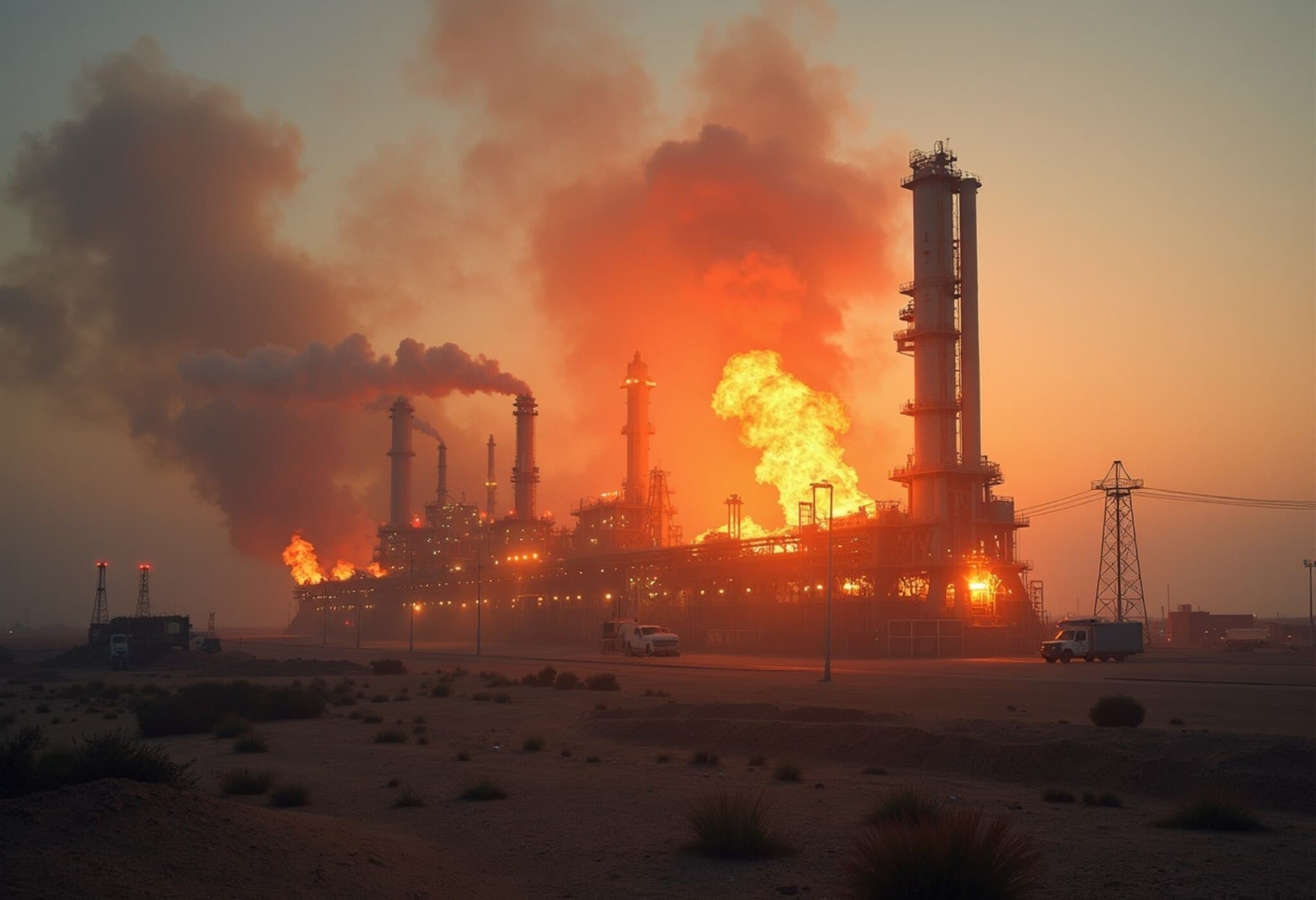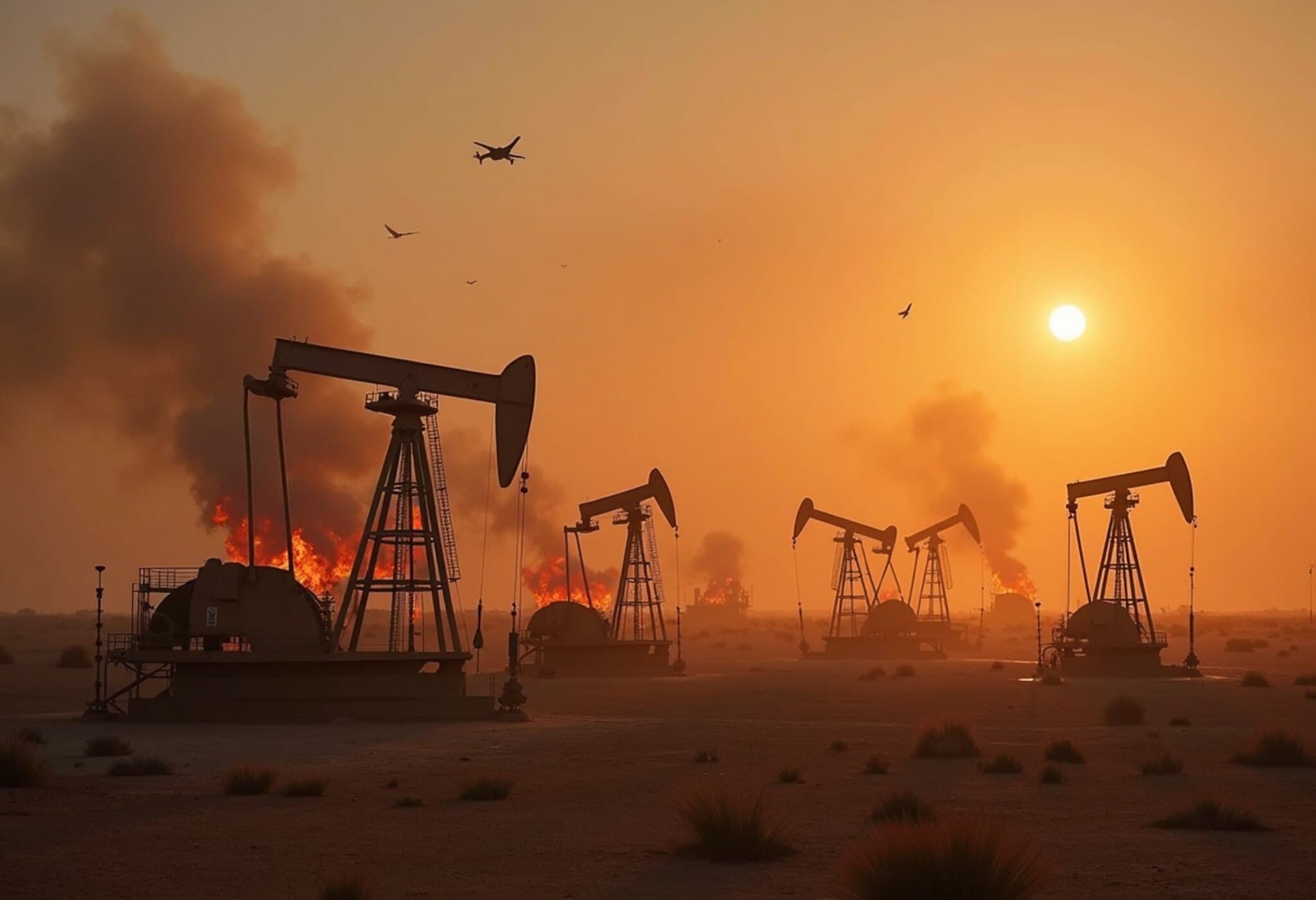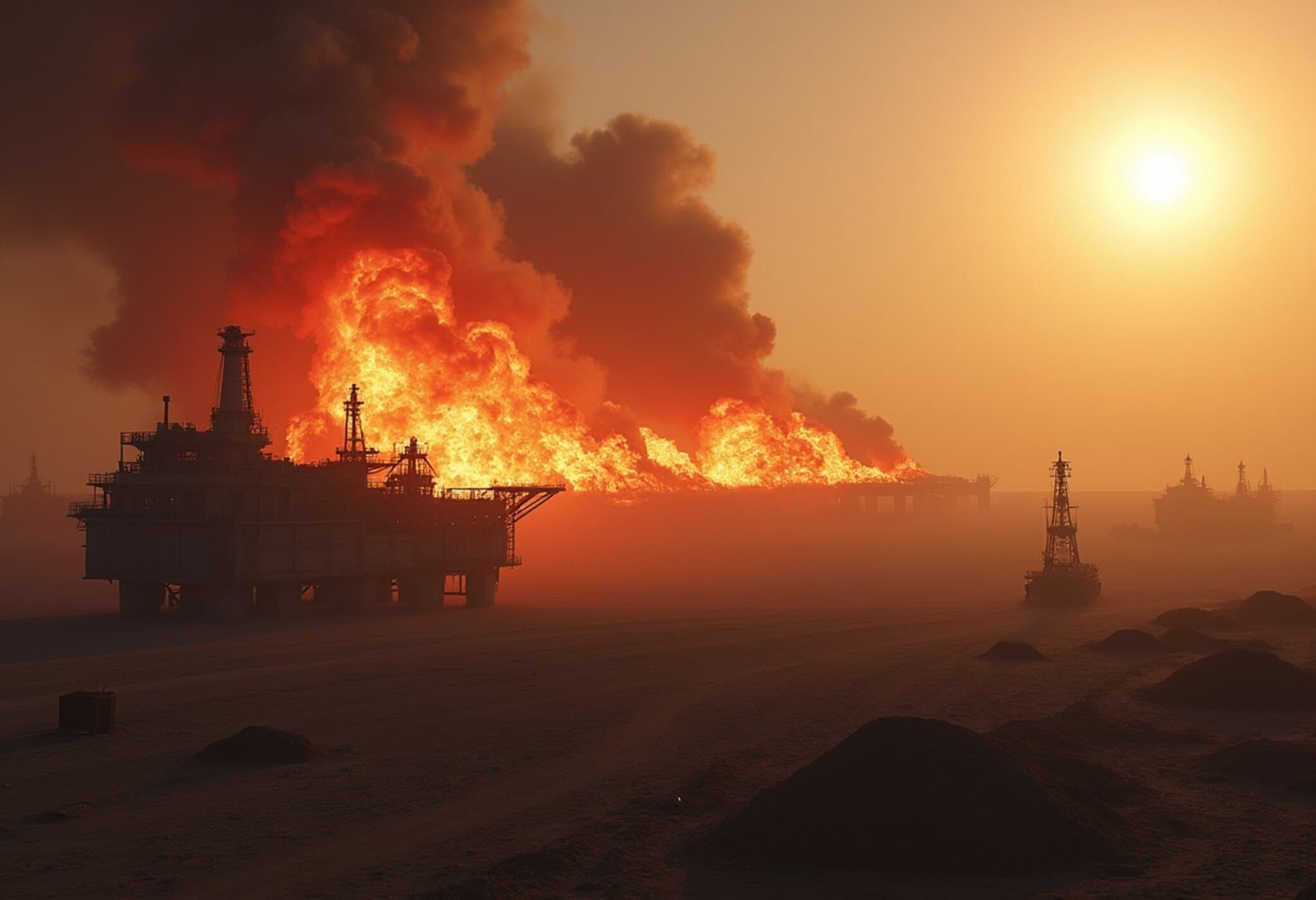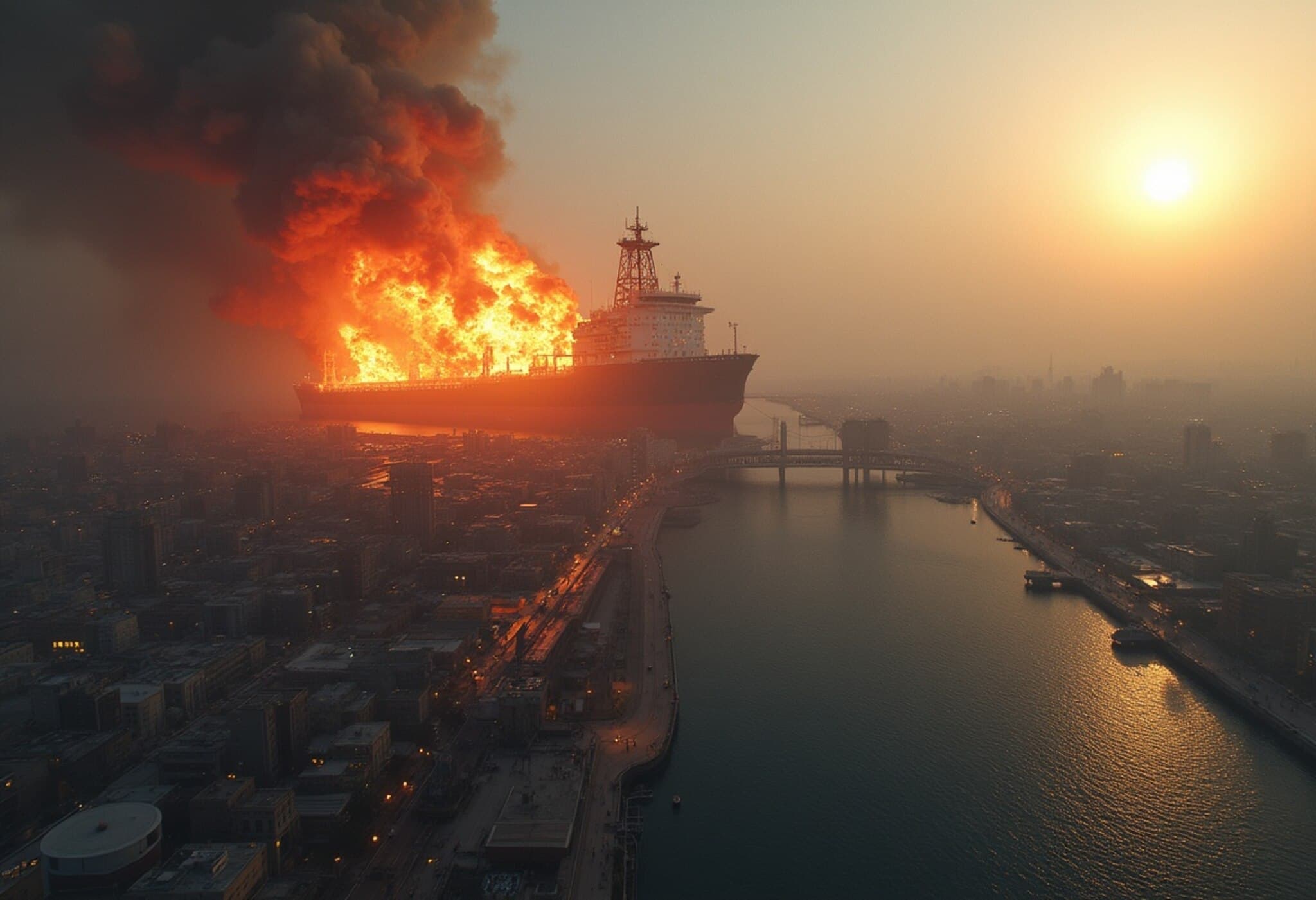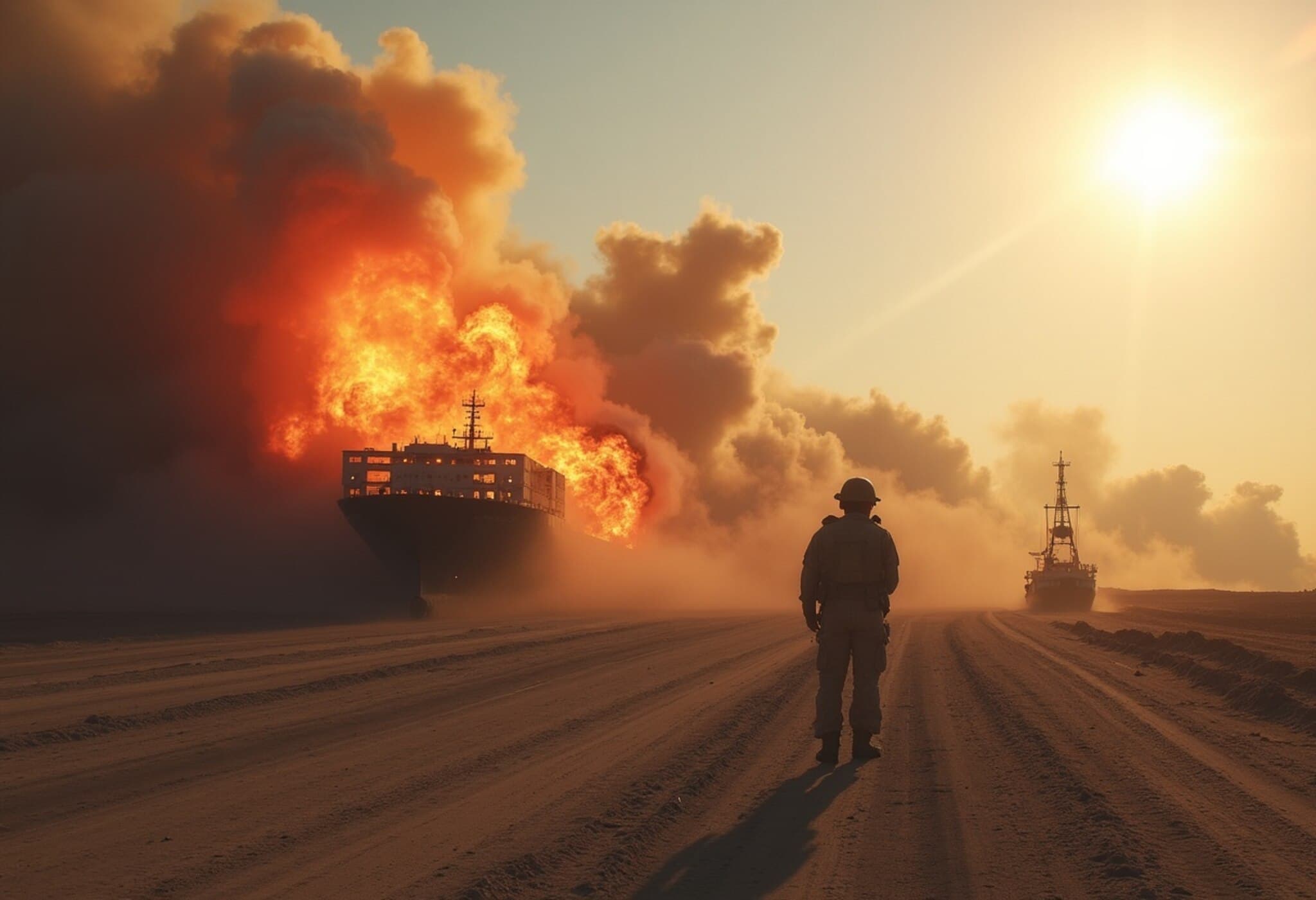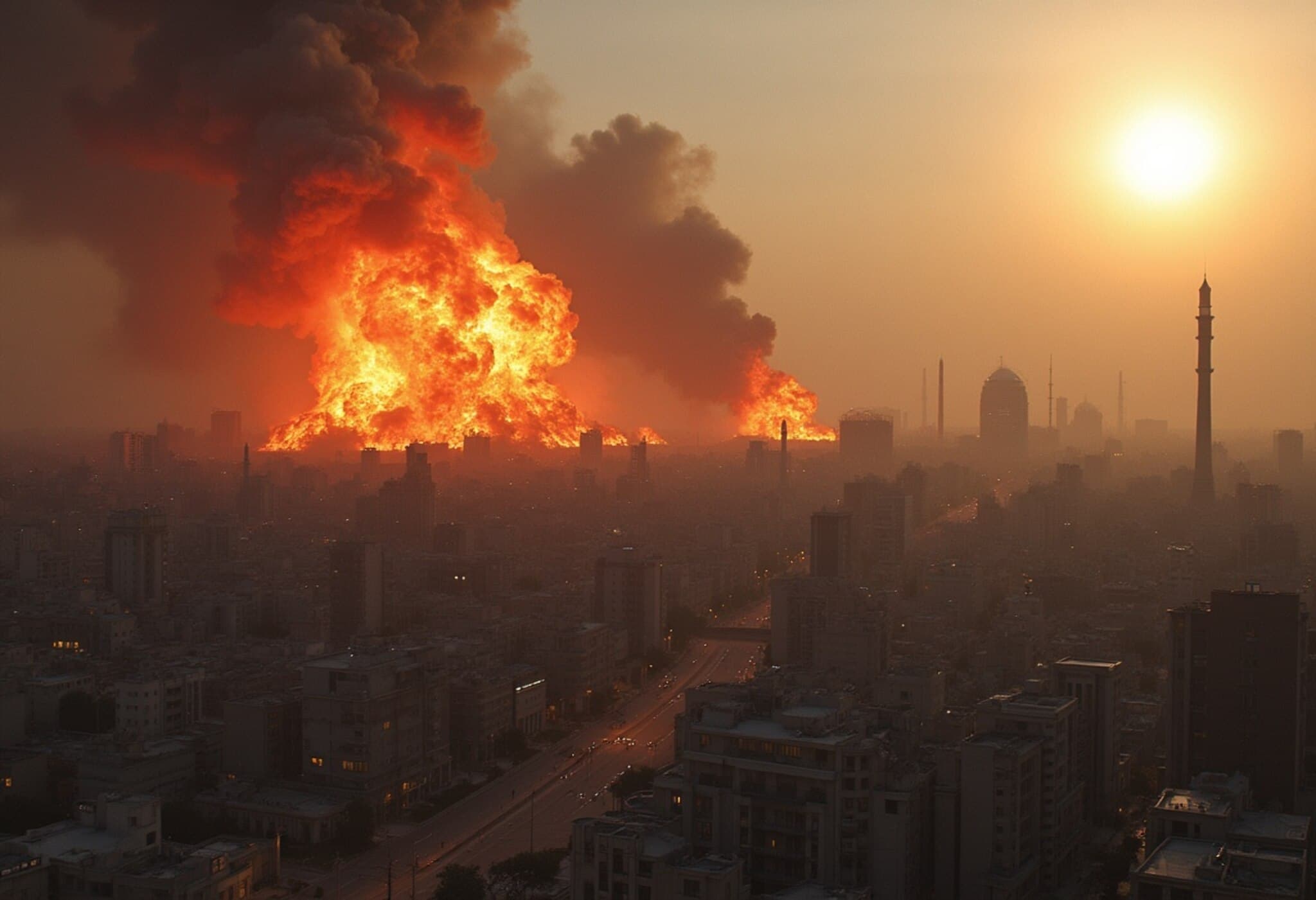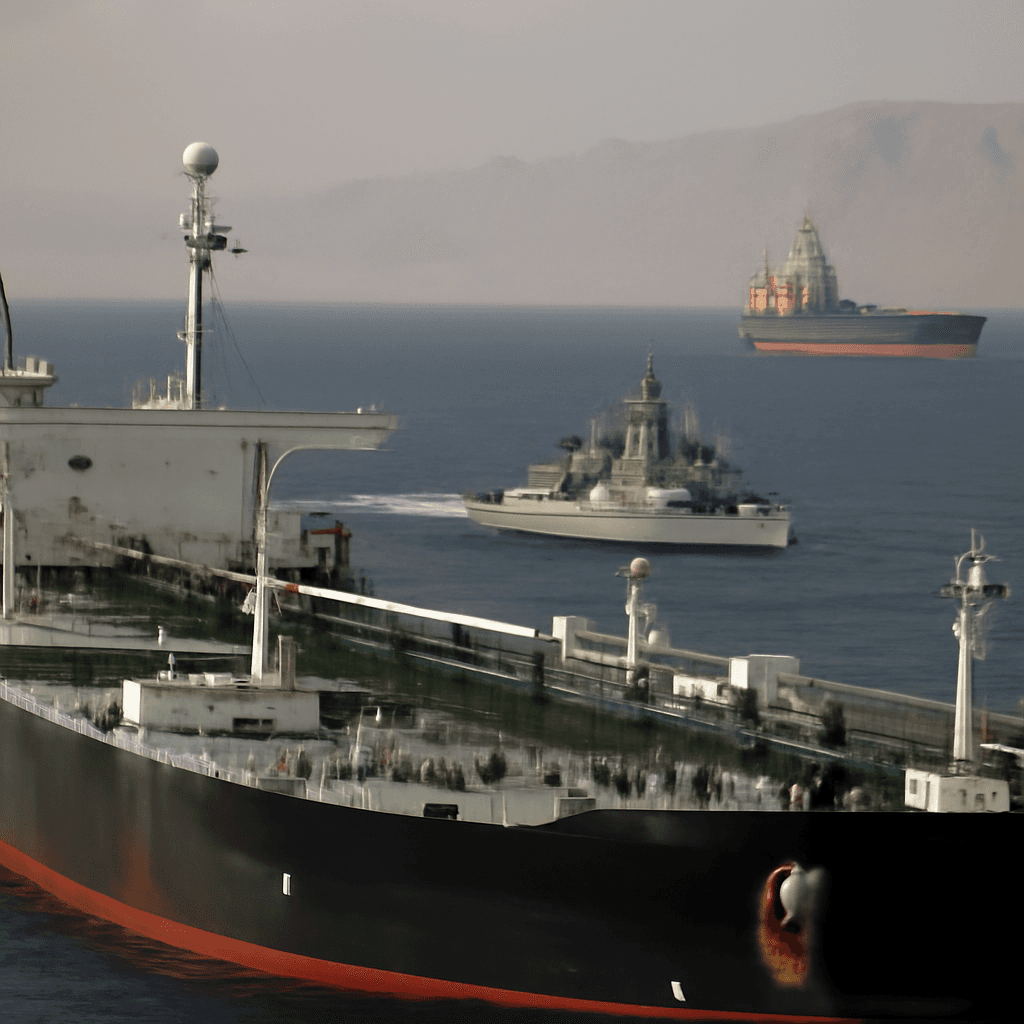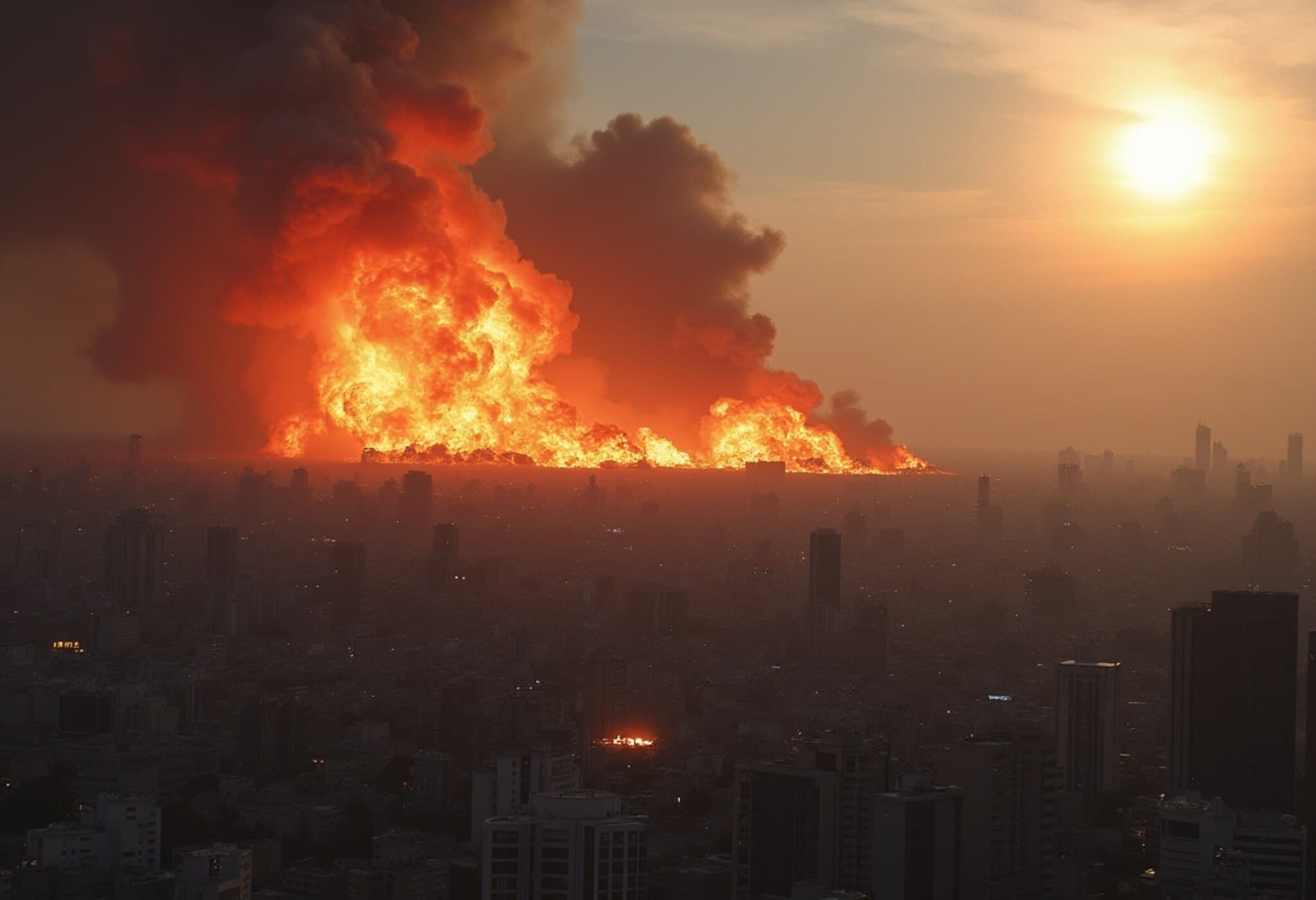Oil Prices Climb Over 2% Following U.S. Attacks on Iran
Oil futures soared by more than 2% in the wake of the United States launching direct strikes on Iranian nuclear facilities. This unexpected escalation in the ongoing Iran-Israel tensions has raised fresh fears about potential disruptions to the global crude supply, particularly from the volatile Middle East region.
On Sunday evening, U.S. crude futures jumped 2.38% ($1.76) to settle at $75.60 per barrel, while the international benchmark, Brent crude, gained 2.34% ($1.80) to reach $78.81 per barrel. Earlier, Brent spiked nearly 6%, briefly surpassing $81 before easing slightly.
Details of the U.S. Strikes and Market Reaction
The surprise military action targeted three Iranian nuclear sites located in Fordo, Natanz, and Isfahan. This marked a direct U.S. involvement in the complex Iran-Israel conflict, stirring global market jitters. Iran’s foreign minister declared that the nation reserves “all options” to defend its sovereignty, signaling possible retaliatory moves.
Initial oil price surges could stabilize if Iran adopts a measured response, according to industry analysts. However, the uncertainty surrounding Tehran’s next steps continues to drive volatility in energy markets.
Why the Strait of Hormuz Holds the Key
Industry experts consider the Strait of Hormuz the flashpoint with the greatest risk to global oil supplies. This crucial waterway channels approximately 20 million barrels per day—or one-fifth of the world’s crude consumption—as of 2024.
Iranian official media hinted at the possibility of closing the strait, though the ultimate decision rests with Iran’s national security council. U.S. political leaders, including the Secretary of State, have warned Tehran against such a move, labeling it economic suicide given Iran’s heavy dependence on exports passing through the strait.
“It would severely damage other countries' economies as well, leading to a massive escalation with widespread consequences,” said the U.S. official, emphasizing readiness to respond to any disruption.
Iran’s Oil Output and Key Export Partners
According to recent estimates, Iran produced about 3.3 million barrels per day in May. Of this, roughly 1.84 million barrels per day were exported, predominantly to China. This makes Beijing a crucial stakeholder, as approximately half of China's seaborne crude imports come through the Persian Gulf.
U.S. officials are urging China to leverage its diplomatic influence to dissuade Iran from closing the Strait of Hormuz, underscoring the interlinked vulnerability of global energy flows.
Ripple Effects and Regional Security
The unfolding conflict also risks further destabilizing Iran’s government and fueling wider instability in neighboring Iraq, OPEC’s second-largest oil producer. Pro-Iranian militias in Iraq have previously threatened U.S. forces if Washington targets Iran's Supreme Leader, adding complexity to the security landscape.
Meanwhile, Iran’s Revolutionary Guard issued warnings that U.S. bases in the region represent vulnerabilities rather than strengths, underscoring the escalating tension.
Saudi Arabia’s Response and Diplomatic Dynamics
Despite regional volatility, emerging diplomatic relations between Iran and Saudi Arabia offer a glimmer of hope for preventing widespread supply disruptions from the world’s largest crude exporter. Riyadh expressed deep concern over the strikes on Iranian nuclear sites but has largely avoided direct involvement in the Iran-Israel confrontations.
In a related incident in 2019, Saudi oil infrastructure was targeted in attacks blamed on Iranian-backed forces, though Tehran denied involvement. This history highlights the precarious balance in the region.
Energy Agencies Monitor Situation Closely
The International Energy Agency (IEA) has acknowledged the tension but noted that global markets remain well supplied for now. With emergency reserves equating to 1.2 billion barrels on standby, the IEA is prepared to intervene should supply disruptions occur.
Key Takeaways
- U.S. strikes on Iranian nuclear sites sparked a 2%+ rise in oil prices amid supply concerns.
- The Strait of Hormuz remains a critical chokepoint, with potential closure posing major risks.
- Iran exports nearly 2 million barrels daily, mainly to China, linking global markets closely.
- Regional tensions ripple through Iraq and Saudi Arabia, balancing conflict and diplomacy.
- The IEA keeps emergency reserves ready to mitigate potential oil supply shocks.

